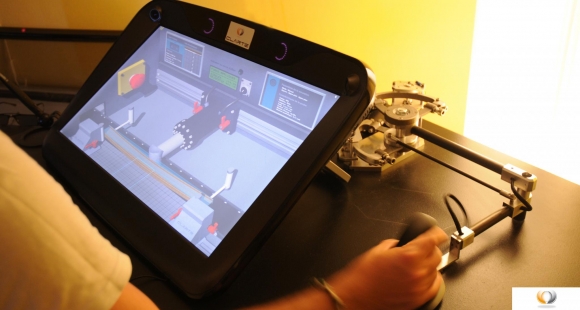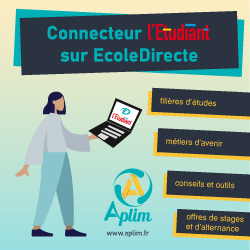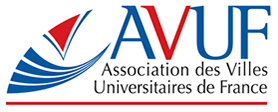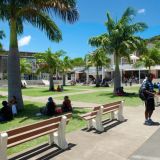
French engineering school Ensta ParisTech's new augmented reality brochure speaks for itself. The 2014 edition designed by student Thibault Portigliatti features 3D characters and videos that transport viewers to rugby matches or even Japan. This technology, initially designed for video games, allows users with tablets or special glasses to enhance the real world with virtual, digital features.
New technology has also changed the face of campus tours. Benjamin Rethmel, International Relations Representative at Audencia Nantes School of Management, uses a beta virtual reality headset to give tours because "often prospective students on the other side of the world can't afford to visit before making a decision. Thanks to the Oculus Rift, they can take a virtual tour of our campus and city."
Over in the U.S., YouVisit specializes in virtual, interactive tours. Suzanne Sanders, Director of Marketing, explains, "Imagine studying Rome and going on a virtual tour of the Colosseum. Now students taking classes online can go to lectures and meet peers worldwide. We see a lot of applications for virtual reality in education."
new ways of learning
Virtual reality is transforming teaching methods as well. The CLARTE center, a partner organization of the government-sponsored VirtualiTeach program, designs immersive 3D tools for students at vocational high schools. According to Thomas Lopez, the program Coordinator at CLARTE, "Virtual reality allows for new ways of learning and engaging kinesthetic memory. It also appeals to students."
For Daniel Dréau, Assistant Teacher at the Artistide-Briand high school, this technology helps students learn "difficult cross-disciplinary subjects like energy, fluid flow and mechanical engineering. Some students have trouble grasping abstract concepts like orders of magnitude. Thanks to virtual reality, teachers can tailor their lessons to different student's needs. No longer do teachers simply impart knowledge. They moderate, facilitate and observe students' learning and then answer their questions." With virtual reality, the possibilities are endless.






